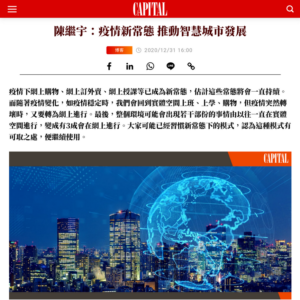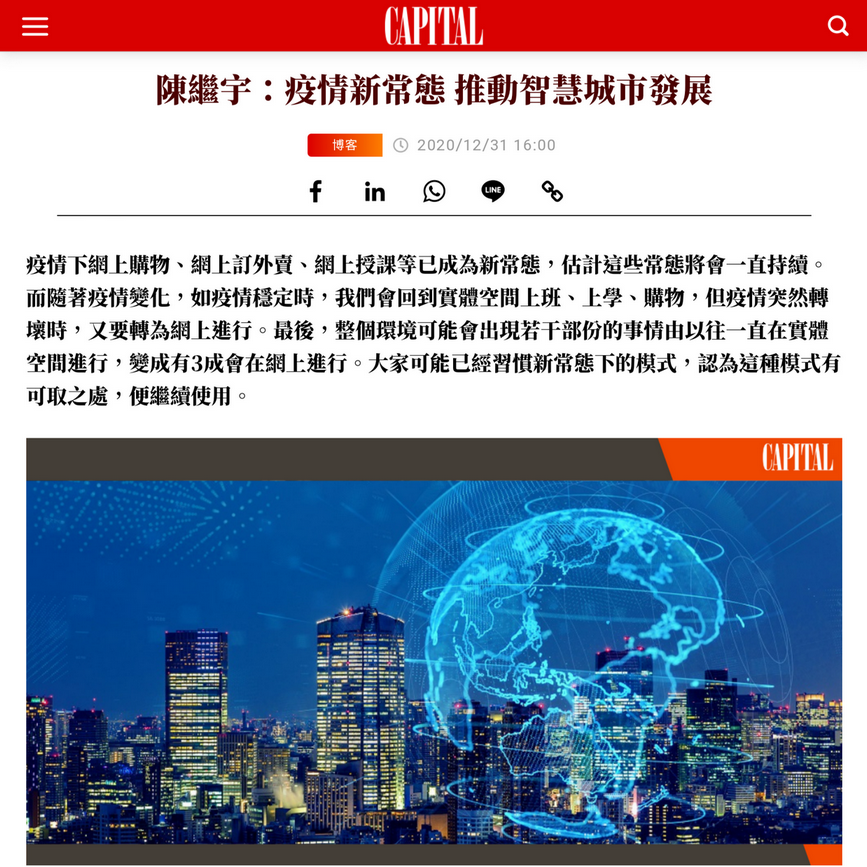The New Normal of the Epidemic Promotes the Development of Smart City

Under the epidemic, online shopping, online food ordering, and online teaching have become the new normal. It is estimated that these normals will continue. As the epidemic situation changes, such as when the epidemic situation stabilizes, we will return to the physical space to go to work, school, and shop, but when the epidemic situation suddenly deteriorates, we will switch to online operations. Finally, there may be some parts of the entire environment that have been done in physical space before 30% will be done online. You may have become accustomed to the model under the new normal and continue to use it if you think this model has merits.
How can the new normal promote the development of Hong Kong #Smart City? Smart cities need different data as the foundation, and the data comes from our online activities, whether it is shopping, class, or work, the resulting data will become #footprint (footprint), and then #big data analysis. In a cross-sectional view, analysis requires data from many people; in a longitudinal view, it also requires time-axis data, such as when and what was done. Only after mastering the data can we find out the common pattern, and then master the whole picture, to be able to embody the smart city.
Hong Kong’s performance in promoting smart city infrastructure is quite satisfactory. Take the traffic light system as an example. The traffic light system in Hong Kong is world-class and can effectively guide the flow of cars, but it is only maintained at the logical operation stage. Its intelligence is still insufficient to grasp the road conditions and fails to take into account pedestrians. For example, there was an accident in a subway station, crowds in the station rushed out to gather outside the station, and the nearby traffic lights did not have sensors to scan for nearby people, and failed to grasp the number of people on the street, and failed to switch the lights according to the number of pedestrians on the street. Make the road area gather people and create dangerous situations. If more #IOT #IoT devices can be deployed to combine the operation of traffic lights on the road, the basic conditions of a smart city can be met.
However, many people worry that arranging sensors to scan the pedestrians on the street will infringe #personal privacy. In fact, it is not necessary to collect data by means of images. Thermal detection can not only display human figures, but also estimate the temperature, and calculate the entry into the premises. To avoid identifying the person’s identity and address the risk of personal privacy leakage.

